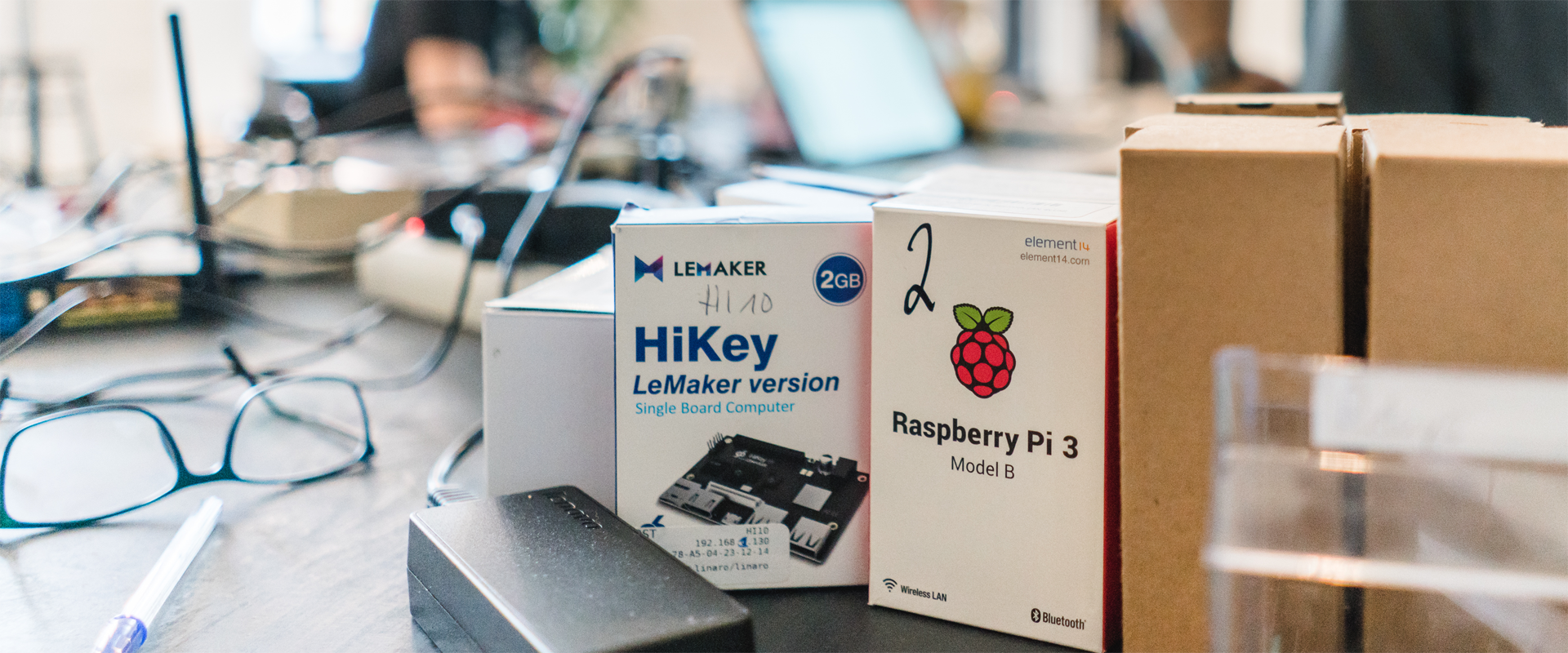
Linking multiple copies of these devices may lay the foundation for quantum computing.
Now, researchers at the National Institute of Standards and Technology (NIST) and their colleagues at the University of Maryland have developed a step-by-step recipe to produce the atomic-scale devices. Using these instructions, the NIST-led team has become only the second in the world to construct a single-atom transistor and the first to fabricate a series of single electron transistors with atom-scale control over the devices’ geometry. (Grafik: S. Kelley, nist.gov)
» den vollständigen Artikel gibt es hier!
Papers:
X. Wang, J. Wyrick, R.V. Kashid, P. Namboodiri, S.W. Schmucker, A. Murphy, M.D. Stewart Jr., N. Zimmerman, and R.M. Silver. Atomic-scale Control of Tunnel Coupling. Communications Physics. Published May 11, 2020. DOI: 10.1038/s42005-020‑0343-1
J. Wyrick, X. Wang, R.V. Kashid, P. Namboodiri, S.W. Schmucker, J.A. Hagmann, K. Liu, M.D. Stewart Jr., C.A. Richter, G.W. Bryant and R.M. Silver. Atom‐by‐Atom Fabrication of Single and Few Dopant Quantum Devices. Advanced Functional Materials. Published December 27, 2019. DOI: 10.1002/adfm.201903475




